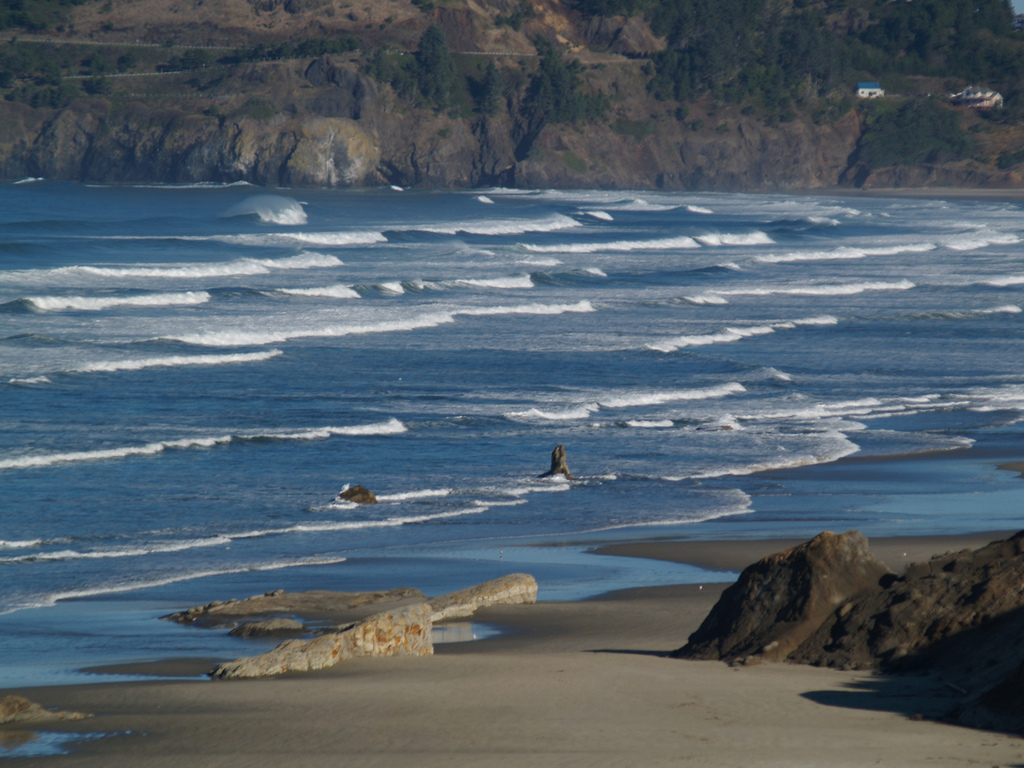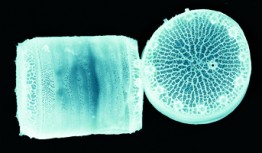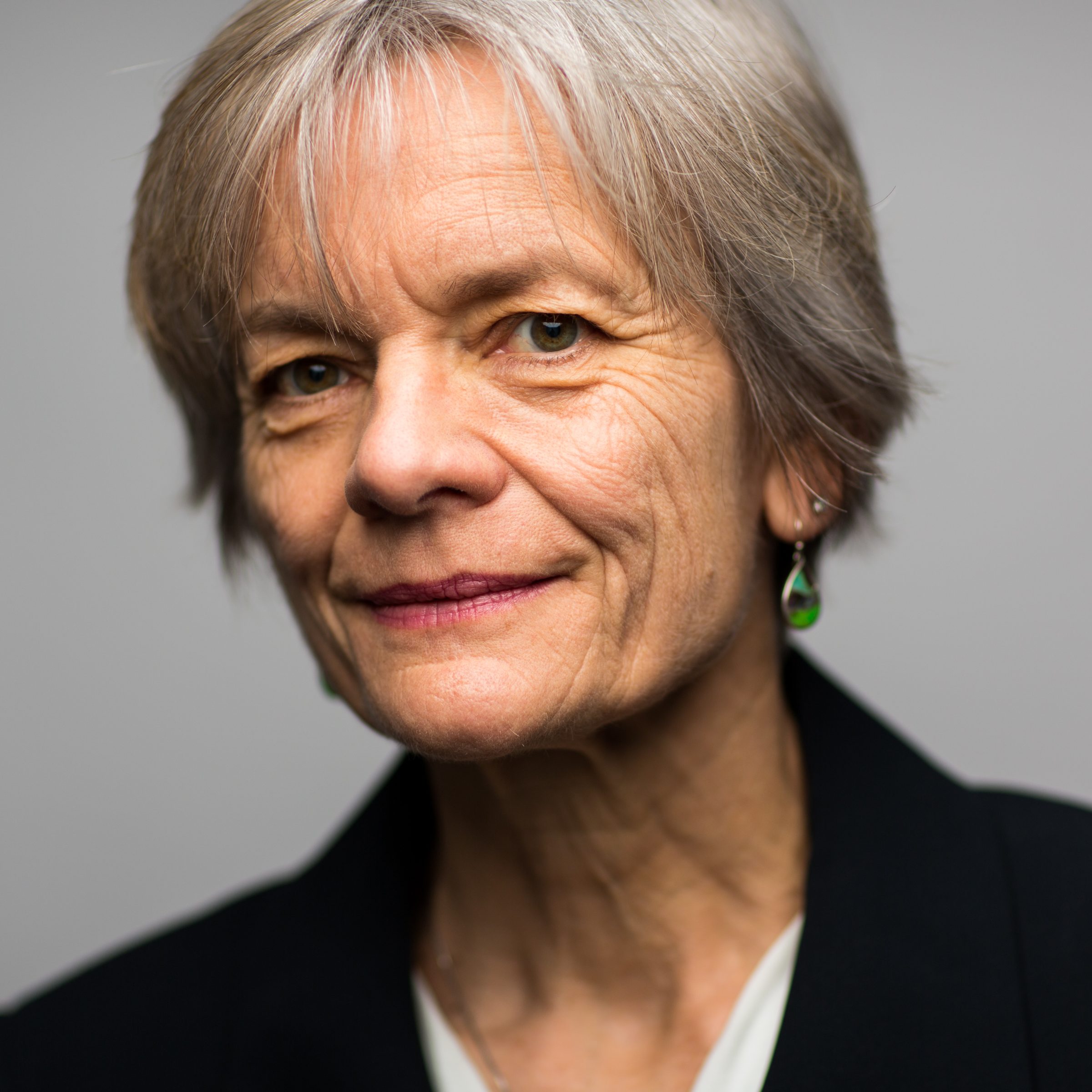Scientists have long known that when it comes to the environment and ecosystems, everything is connected. Accounting for those interactions and complexities in nature is a difficult task, yet one that is becoming increasingly important as scientists and managers strive to understand the nitty-gritty of how our world works. The more we understand, the better we can manage and sustain thriving ecosystems and the natural resources that flow from them.
Read more »Genetic switch lets marine diatoms do less work at higher CO2
Tiny drifting algae called diatoms generate about 20 percent of the oxygen produced on Earth each year—more than all of the world’s rainforests. A new study from the College of the Environment’s School of Oceanography and Seattle’s Institute for Systems Biology looked at how common species of diatoms will adjust to sudden and long-term increases in carbon dioxide. The scientists found that when CO2 spikes, as might happen during a sudden change in ocean currents, the diatoms produce a signaling molecule that reduces the energy-intensive process required to concentrate the carbon dioxide.
Read more at UW Today »Dean's Letter: Diversity, Inclusion, Access
Interim President Ana Mari Cauce brought renewed focus to diversity, inclusion, and access at UW through her widely publicized address to the campus. In wake of her talk, many have asked me to define the College’s vision for diversity and I have a ready answer. I cite the need, especially in a college devoted to environmental sciences, to have “all hands on deck” – ensuring that access to our critically important research and education is never deterred by gender, race, ethnicity, socioeconomic background, or disability.
Read more »Meet Meryl Mims, Aquatic and Fishery Sciences graduate student
With two degrees under her belt and dissertation research to complete, Meryl Mims found herself in southeastern Arizona’s Sky Islands in the summer of 2013. In a landscape known for the juxtaposition of its sprawling features—where towering, forested mountains seep upward through the desert’s dry, cracked surface—a two-inch long frog captured Mims’ attention. “We were already out there and we were hearing the Arizona treefrogs.
Read more »Philanthropy: Making a Difference
June is an exciting month for students (graduation, summer) and faculty (fieldwork) at the College of the Environment. We anticipate another strong year in private support, thanks to an ever-increasing number of gifts and private grants. We can’t overstate how important this private support is in helping the College achieve its educational, research, and public engagement goals. Donor support has allowed us to expand our course and major/minor offerings, recruit (and retain) key faculty, provide scholarships, develop cross-disciplinary programs, and provide seed funding to tackle the environmental issues we face today.
Read more »





